What Happens if You Ignore Minor Roofing Damage?
It’s easy to think that a missing shingle here or a small leak there isn’t a big deal. After all, your roof still seems to be doing its job—keeping the rain out and your home comfortable. But ignoring minor roofing damage can set you up for a chain reaction of costly repairs and bigger headaches down the road. Roof problems rarely fix themselves, and what starts as a small issue often snowballs into something that requires extensive, expensive work.
In this guide, we’ll walk you through what really happens when you ignore small roof problems, why timely repairs are worth the investment, and how to spot warning signs before it’s too late. We’ll also share professional tips for extending your roof’s lifespan so you can keep your home safe and sound for years to come.
Small Problems Can Lead to Big Leaks
Minor roofing damage—like a cracked shingle or a slightly loose flashing—might not look urgent. But even the smallest vulnerabilities can allow water to seep in over time. Once moisture finds its way under your roof’s protective layers, it can cause rot, mold, and structural damage to your home. What’s worse is that these issues can spread quickly, affecting areas far beyond the initial point of entry.
Water doesn’t stop at your attic. Left unchecked, it can drip into insulation, stain ceilings, and even compromise drywall. Over time, this can weaken the very framework that supports your home, leading to costly structural repairs. This type of damage is often hidden until it’s severe, meaning repairs could involve more than just the roof—you might also need interior restoration, electrical work, or mold remediation.
And here’s the tricky part: leaks can start weeks or months before you actually notice them. They can travel along rafters and beams, showing up in unexpected places far from the original damage. By the time water stains appear on your ceiling, the underlying damage may already be extensive. Fixing a small leak early could cost a fraction of what it would take to replace damaged beams, insulation, and drywall later—not to mention the added stress and disruption of major home repairs.
Increased Energy Bills Over Time
When your roof is in good condition, it helps insulate your home and regulate indoor temperatures. But even minor roofing damage can compromise this barrier. Small gaps or cracks allow air to escape, forcing your HVAC system to work harder to keep your home comfortable. Over time, this inefficiency doesn’t just affect comfort—it chips away at your home’s overall energy performance.
The result? Higher energy bills month after month. If you’ve noticed a sudden spike in your heating or cooling costs, your roof might be the culprit. This is especially true if damage allows warm air to escape in the winter or cool air to leak out in the summer. Even small breaches in your roof’s surface can have a significant impact when combined with weather fluctuations, especially during extreme heat or cold.
Beyond the financial cost, an overworked HVAC system can wear out faster, leading to more repairs or even premature replacement—both of which can cost thousands of dollars. This creates a cycle of expenses that could have been avoided with early attention to the problem. Addressing small roofing issues promptly not only saves energy but also helps protect your other home systems from unnecessary strain, improves indoor comfort year-round, and supports a healthier, more efficient living environment.
Reduced Roof Lifespan
Your roof is one of your home’s largest investments, and you expect it to last for decades. But ignoring minor damage can shave years off its lifespan. A single broken shingle might seem harmless, but it can create a weak point that spreads deterioration to surrounding areas. What starts as a small, inexpensive fix can quickly escalate into widespread damage requiring far more time, labor, and money to address.
Think of it like a chain—if one link weakens, the others are more likely to fail. Over time, neglected issues allow more water infiltration, more sun exposure to the underlayment, and more stress on the structure as a whole. These problems don’t just shorten your roof’s life—they can also compromise your home’s insulation, cause leaks, and damage your attic or walls.
According to Today's Homeowner, repairs are usually the better option for roofs that are less than 15 years old and have only minor damage. Addressing problems early can often restore your roof’s integrity and extend its service life without the need for a full replacement. By contrast, letting damage fester can push you into needing a brand-new roof much sooner than expected—a far greater expense than timely repairs. In many cases, quick action today can save thousands of dollars tomorrow while helping you maintain your home’s value and comfort.
Risk of Mold and Health Hazards
A leaky roof doesn’t just threaten your home’s structure—it can also affect your health. Moisture that seeps into your attic or walls creates an ideal breeding ground for mold and mildew. Once mold spores spread, they can be difficult and costly to remove.
Mold exposure can cause a range of health issues, from mild allergic reactions to more serious respiratory problems, particularly for people with asthma or weakened immune systems. The worst part is that mold often grows in hidden spaces, so you might not know it’s there until you start experiencing symptoms.
Addressing minor roofing issues early helps keep your home dry and your air quality safe. Even if you can’t see mold, lingering musty odors in your attic or upper floors could be a sign of hidden moisture damage. Professional inspections can catch these problems before they get out of hand.
Lower Property Value and Curb Appeal
If you’re thinking about selling your home someday, a damaged roof can seriously hurt its value. Prospective buyers often view roofing problems as red flags, assuming they’ll need to budget for costly repairs or replacements. Even if the damage is minor, it can make your property less attractive compared to others on the market.
Curb appeal also takes a hit when roofing issues go unaddressed. Missing shingles, visible patches, or sagging sections can make your home look neglected. First impressions matter, and a roof in poor condition can turn potential buyers away before they even step inside.
On the flip side, a well-maintained roof signals that the home has been cared for, which can boost buyer confidence and potentially increase your selling price. Whether you’re planning to sell soon or stay for years, keeping your roof in top shape is an investment in your home’s overall value.
Minor roofing damage might seem harmless in the short term, but it can set off a chain of problems that affect your wallet, your home’s structure, and even your health. From hidden leaks and rising energy bills to mold growth and reduced property value, the consequences of ignoring small roof issues can be far more serious than they appear.
The good news is that timely repairs can stop damage in its tracks and help your roof last for decades. By scheduling regular inspections, addressing issues promptly, and working with trusted professionals, you can protect your investment and enjoy peace of mind knowing your home is well-guarded from the elements.
Don’t let small roofing issues grow into expensive headaches. Contact Dolly’s Roofing, Inc today for expert repairs that keep your home safe, efficient, and beautiful.

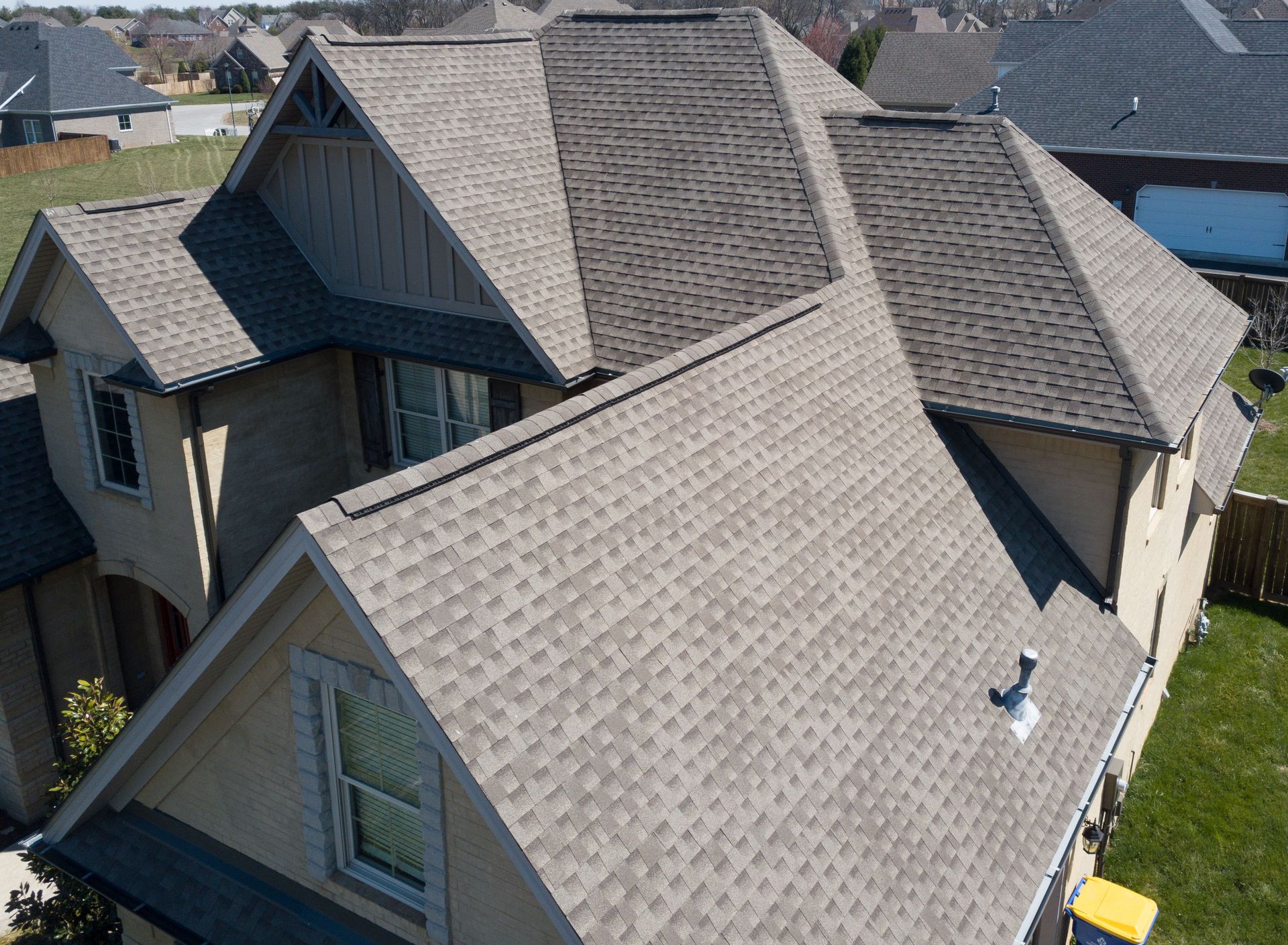
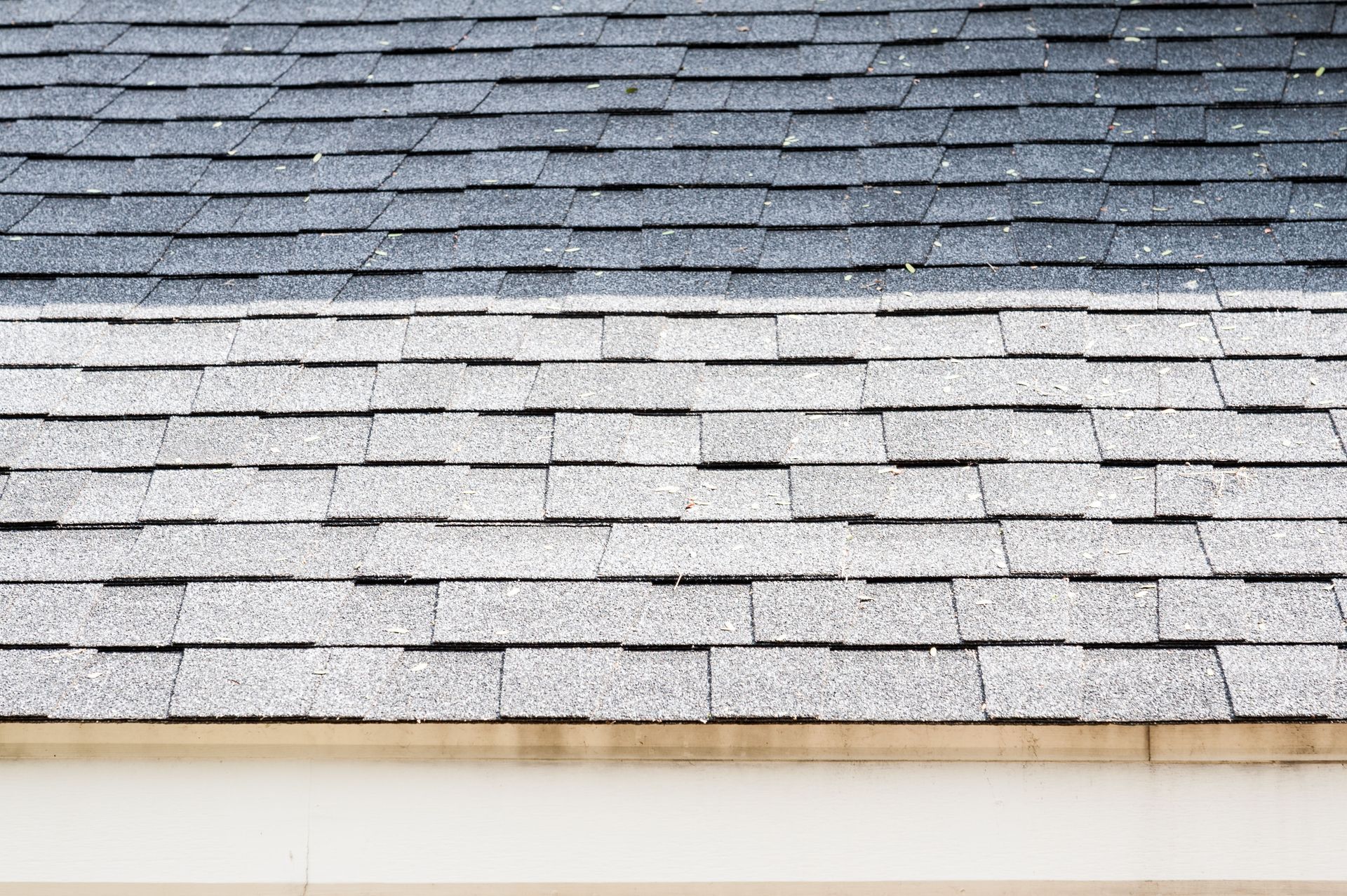
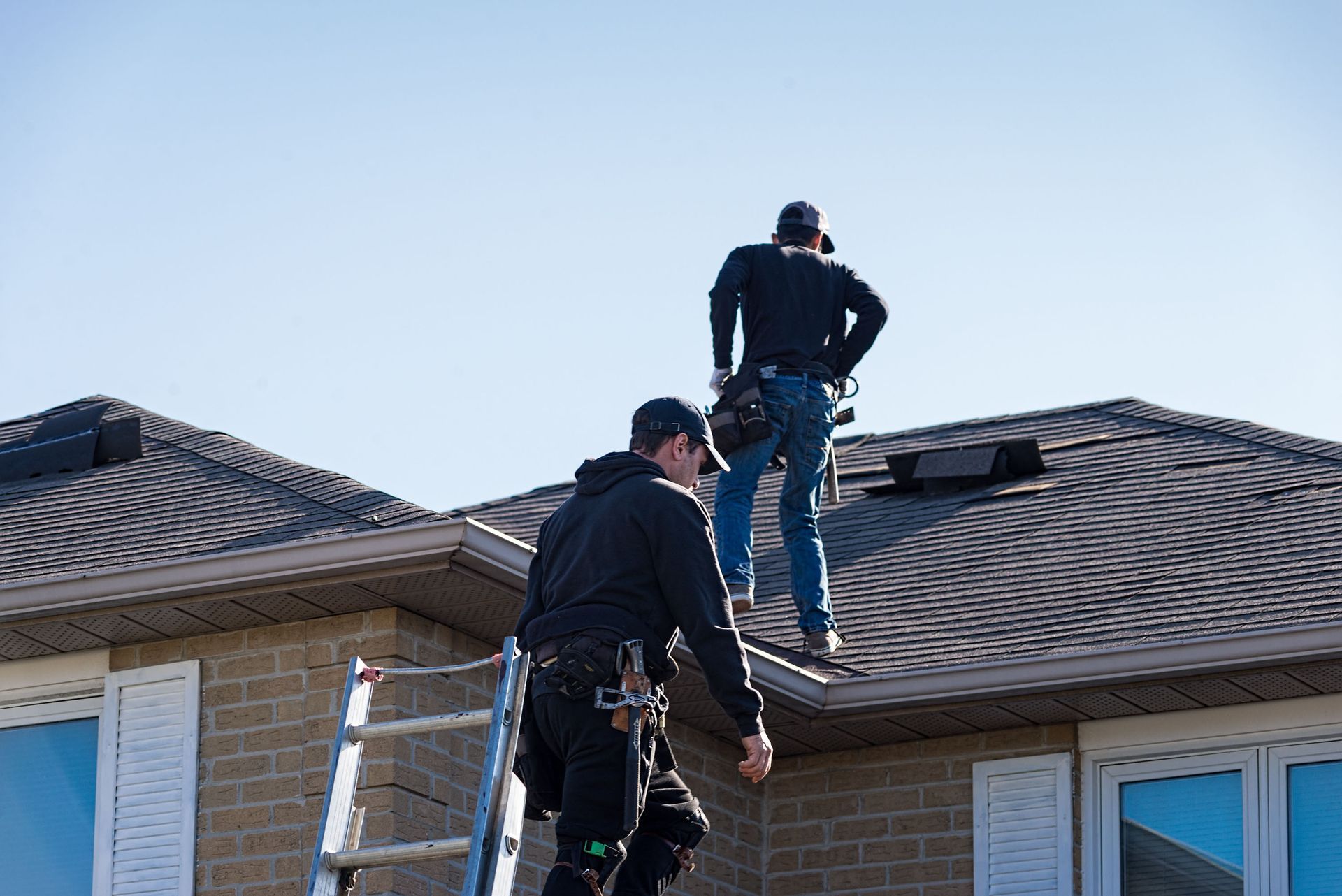
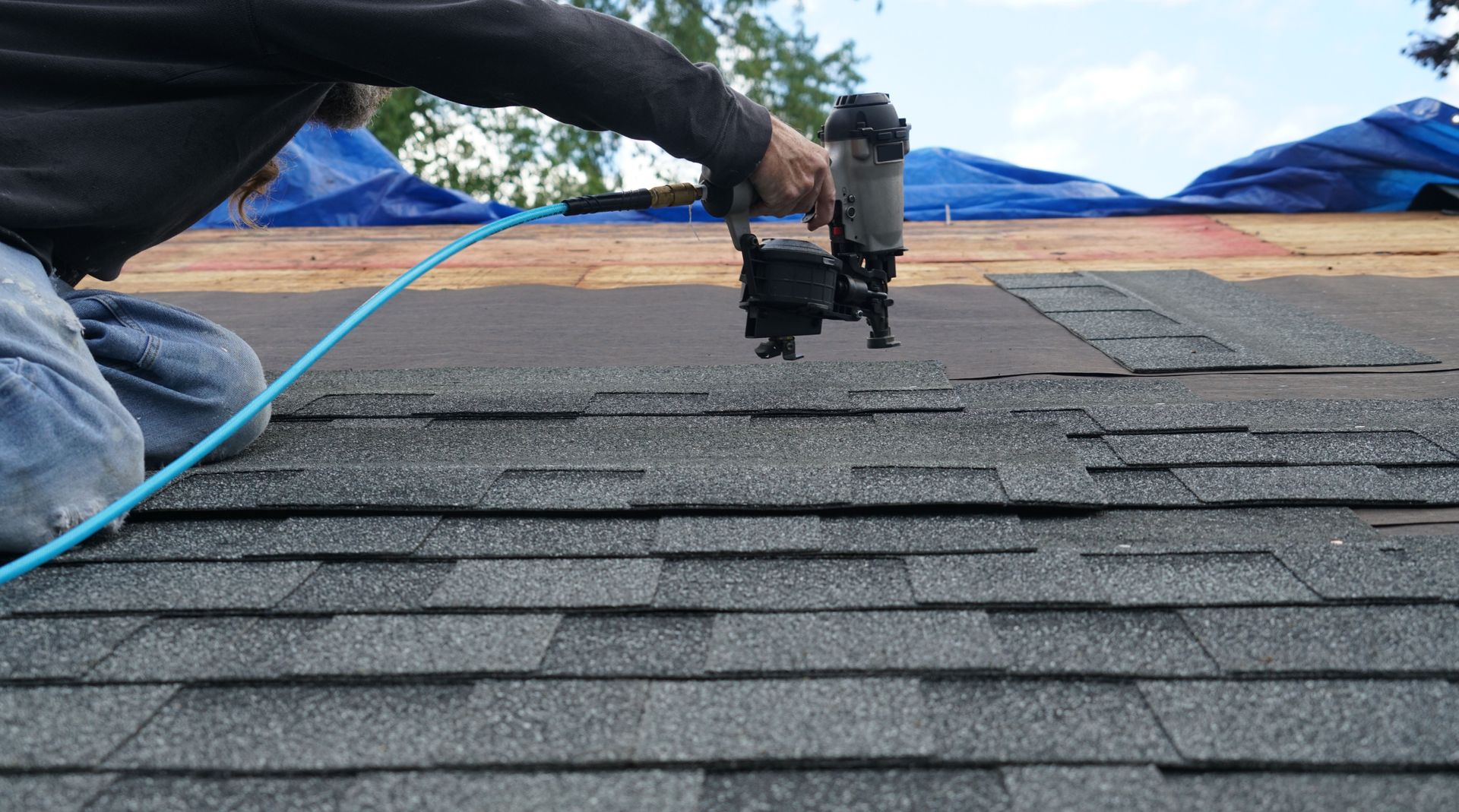
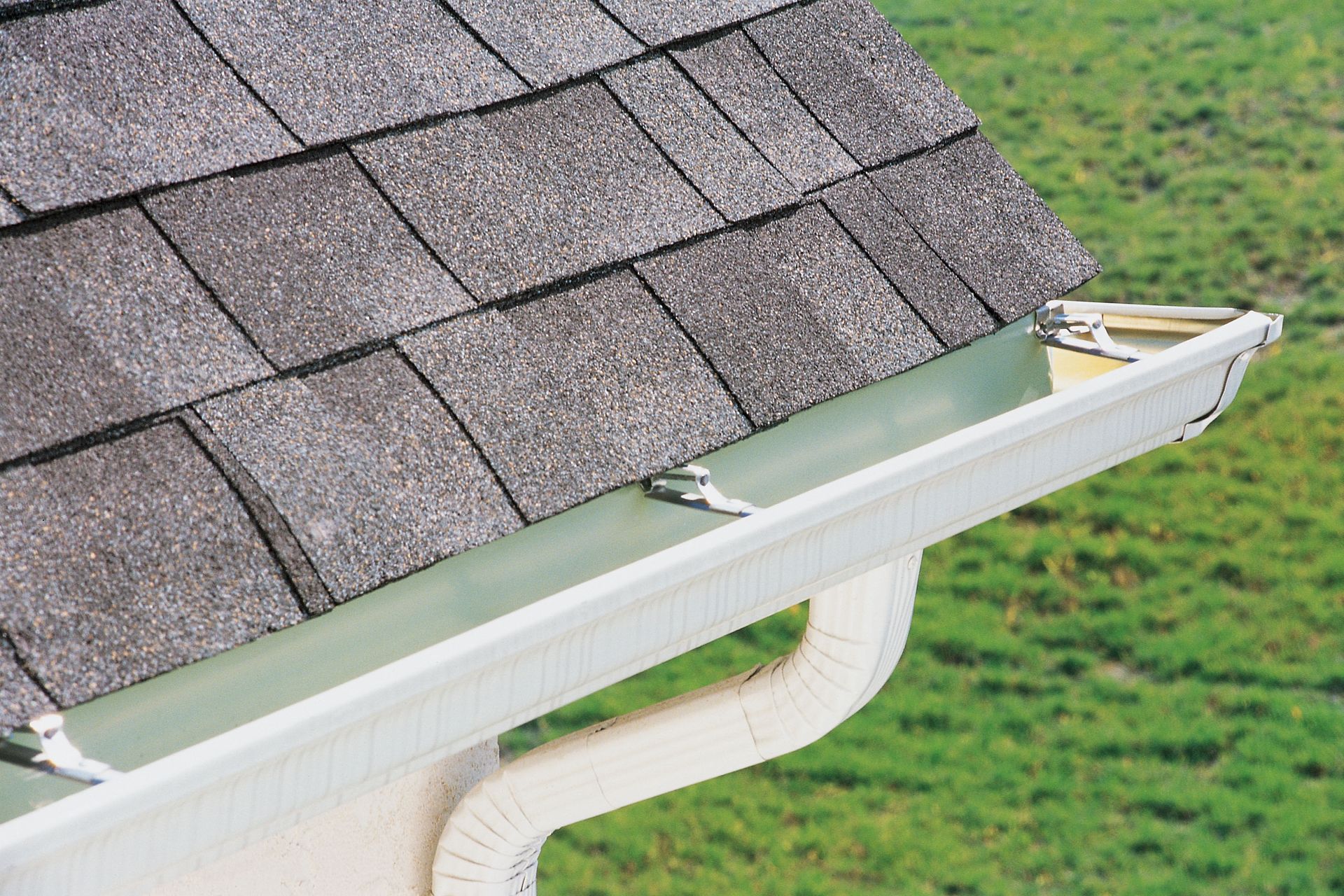
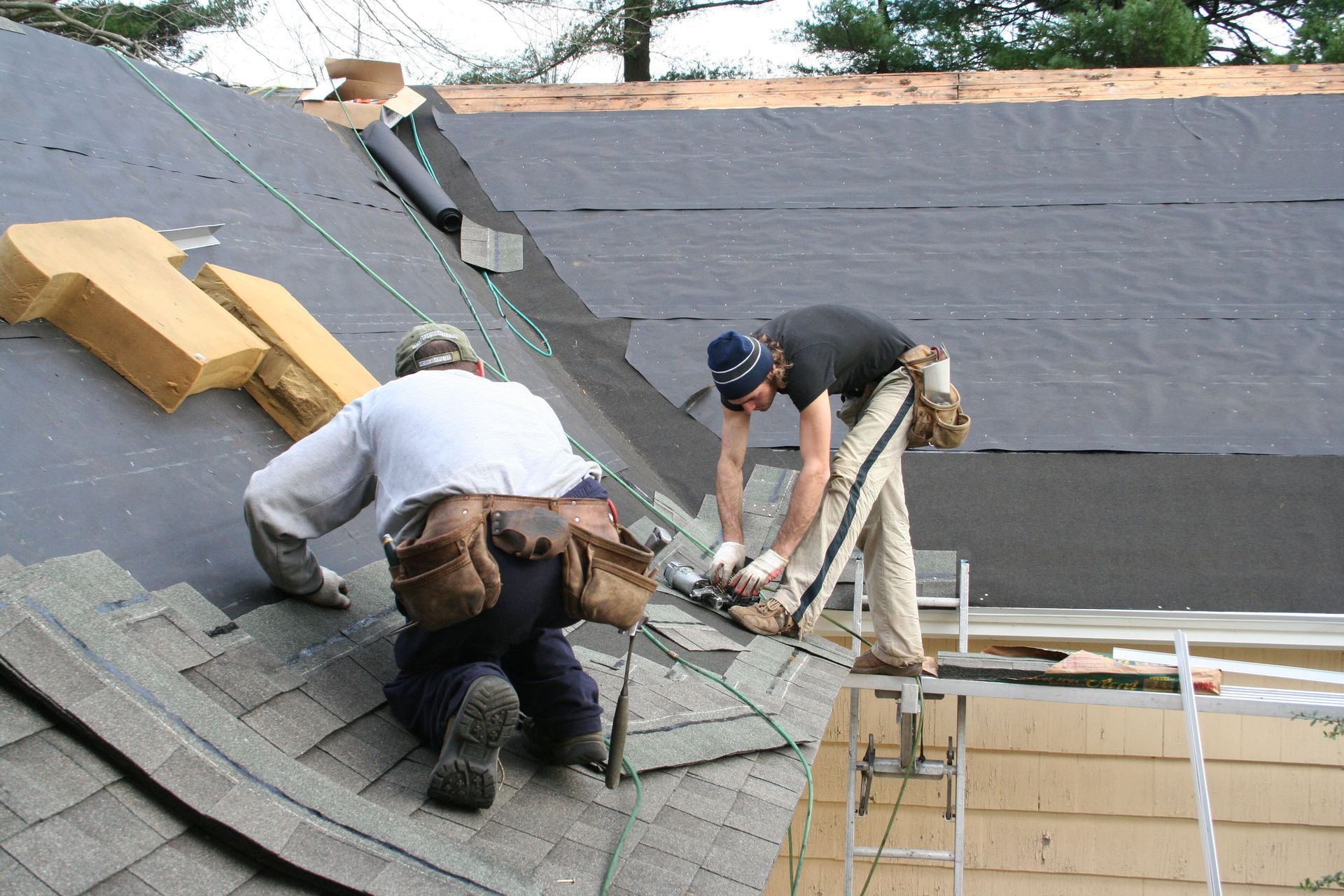
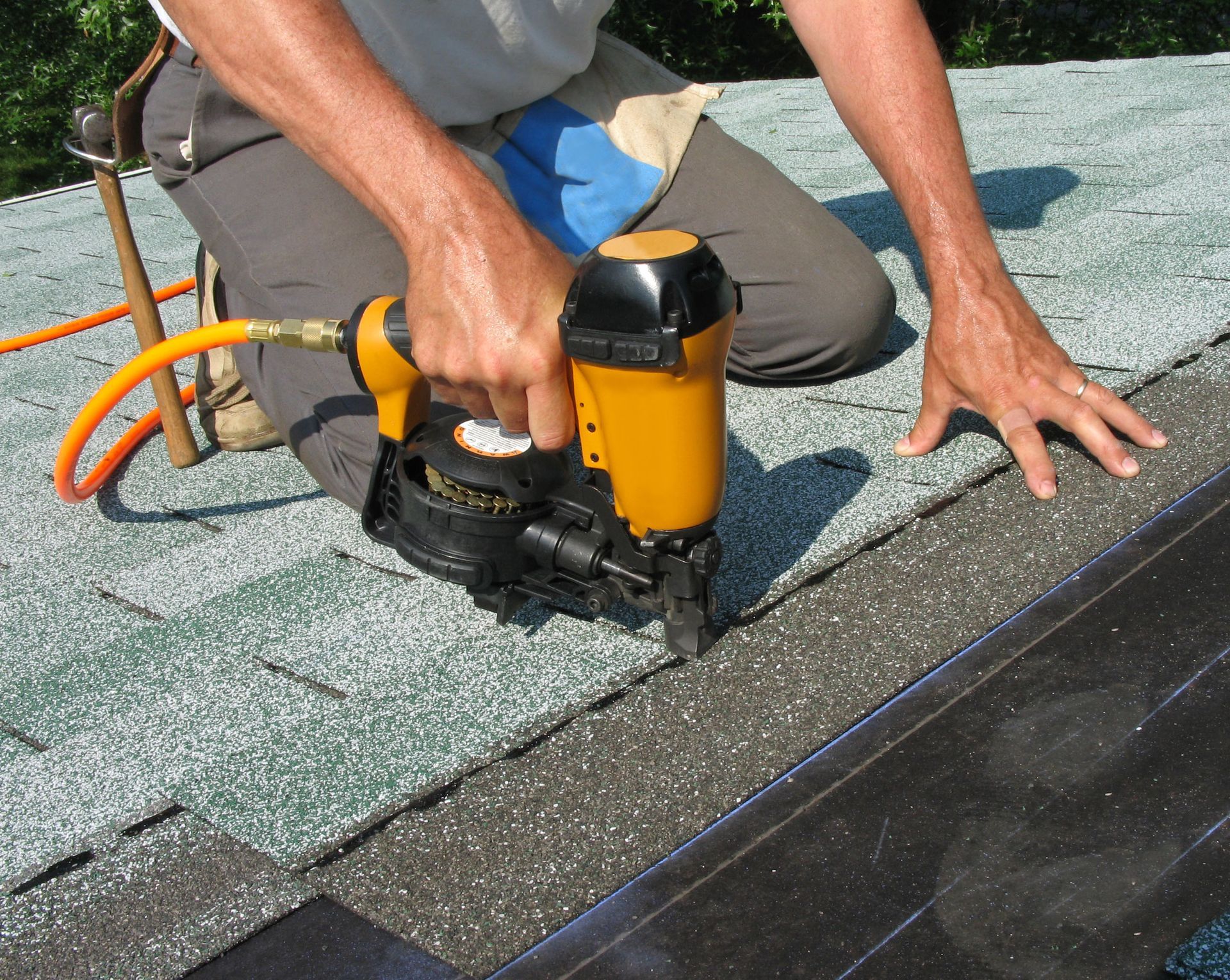
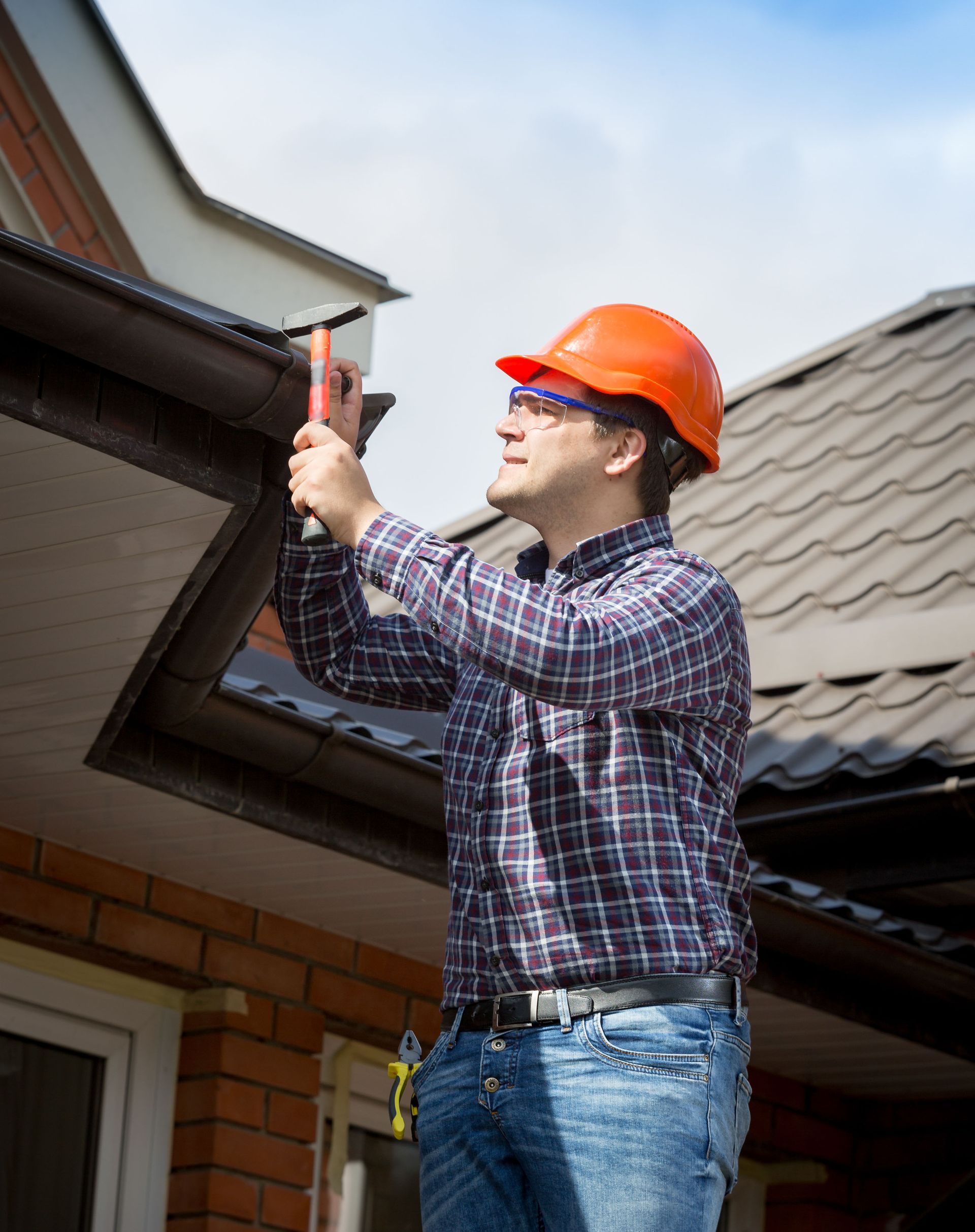
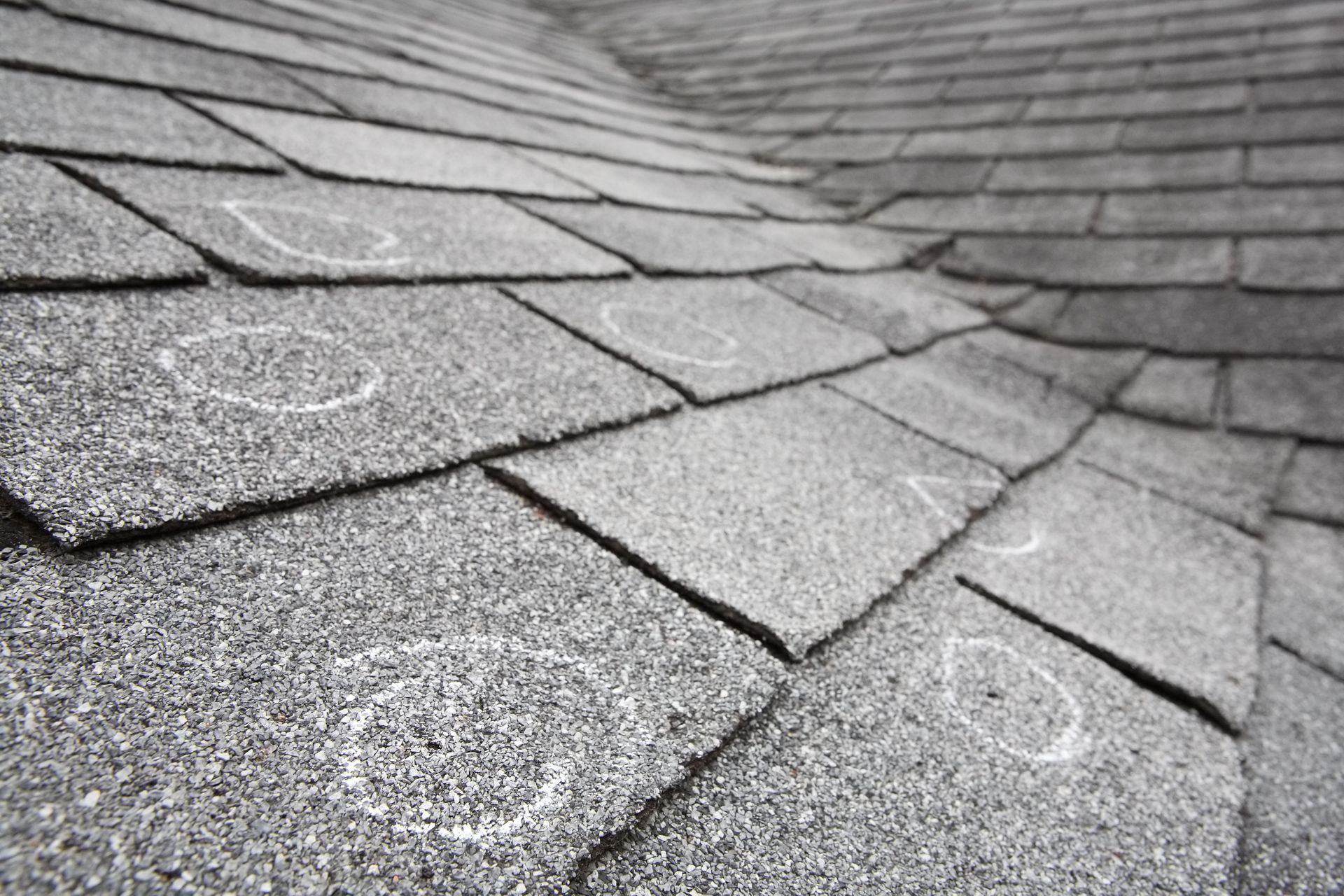
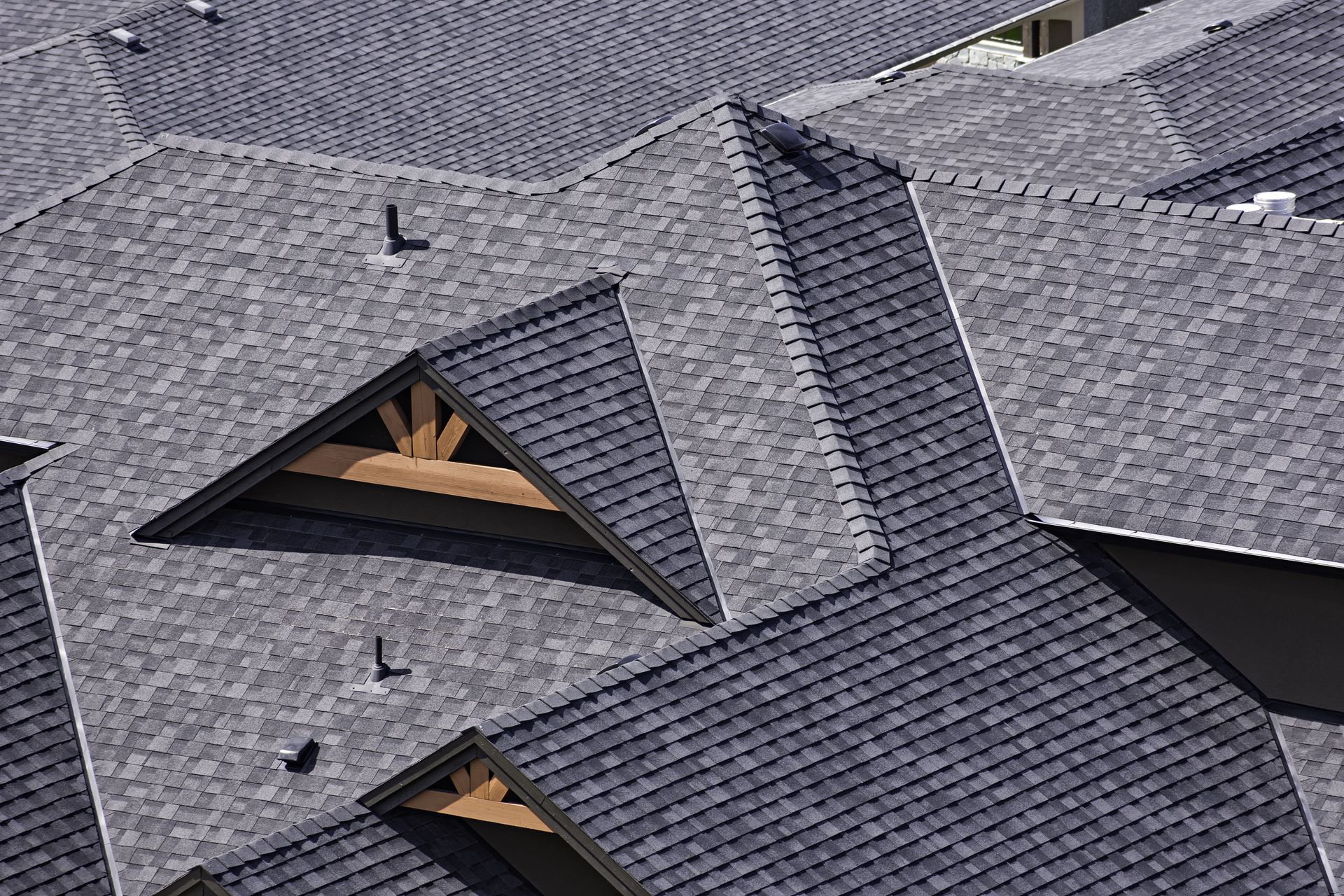



Share On: